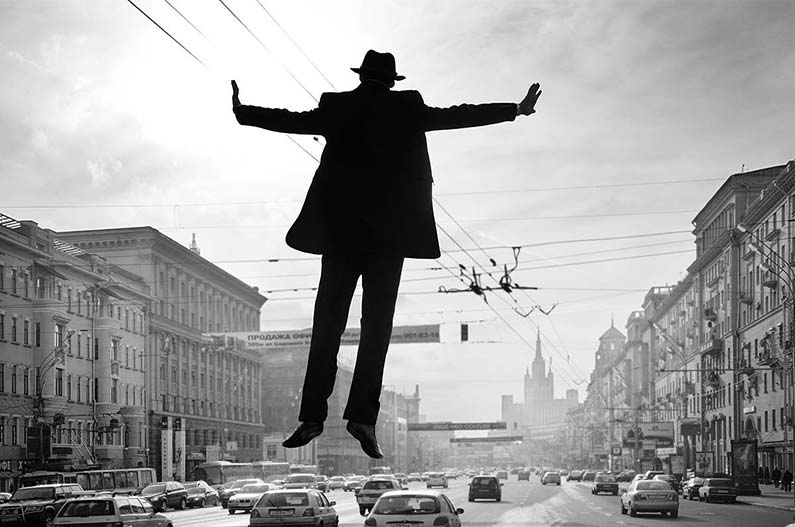
Wednesday, July 22
“And might it not be… that we have appointments to keep in the past, in what has gone before and is for the most part extinguished…?”
—W.G. Sebald, Austerlitz
And might it not be that we keep such appointments via our dreams?
“One may be born with the potential for a prodigious memory, but one is not born with a disposition to recollect; this comes only with changes and separations in life—separations from people, from places, from events and situations… It is, thus, discontinuities, the great discontinuities in life that we seek to bridge.”
—Oliver Sacks, An Anthropologist on Mars
In a dream, it is night and I am with my mother (who died in 2005) at the Memphis house where I grew up. Distantly, I hear her say something like “I’ll be right back.” And she disappears. I search for her in the dark, calling “Geneva” out the back door, then up into the attic via a closet that contains the furnace, then out the front door into the darkness. There is no response. I look out the front and just see the grassy lawn—no one is around.
Freud says all dreams are attempts at wish fulfillment. So maybe this was an attempt to get my mother to return. But my dreams are quite varied and only a few can be interpreted as wish fulfillment.
Places that often appear in my dreams: my grandmother’s dark old house, my childhood home, Macy’s department store and its quaint old wooden-stair escalator, jazz and classical music concerts, and trains—particularly subways both in Boston and New York. What’s with the trains? Is there a sense of movement in sleep, as with Marcello Mastroianni’s floating in the air at the beginning of Fellini’s 8 1/2? And what’s with Macy’s??
It is not unusual for me to make angry, incoherent noises in my sleep—and for Emily to wake me up. In a recent case, I dreamed I was asleep, stretched out somehow inside a car—probably my mother’s Plymouth Valiant. The covers are comfy—then somebody breaks into the car and snatches away the blanket. I begin shouting for this person to bring back the covers.
Another such case: I dream there is an intruder. I see him standing in the living room, turned in profile to me, and behind him I can see the oval, gold-framed mirror that stood on the wall at my childhood home. I can also see Emily in the next room, lying in bed asleep. Angry and afraid, I begin to shout at the man, and to throw things at him, including lightweight barbells. My shouts cause Emily to wake me up.
And yet another night terror: At our house on Long Island, I am looking out the side door. It is dark, but I can see that the trees are filled with large, threatening birds, flapping their wings and cawing ominously. I begin yelling at them to go away. Wake up, Hardy, says Emily.
She says that in such circumstances, she isn’t sure what to do. Should she wake me—or will that just frighten me more?
Not all of my dreams are terrors. Here’s another, peaceful reverie.
I go for a walk after dark, accompanied by a dog and a cat. I give the dog a pat on its belly. But I realize that the duo wants to go home, so we go back. Almost immediately, I see the cat on the bed alongside another cat, both fast asleep. The dog has disappeared, perhaps gone to an adjoining room. I am not sleepy, so I stay awake, content to watch.
Dinner: cold pasta salad with snap peas, roasted red peppers, grilled onions, Kalamata olives, cucumbers, and parsley.
Entertainment: More episodes of Rebus on Britbox.

